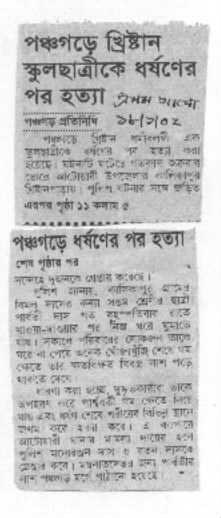Bangladesh is increasing tea production. Tea exports from Bangladesh are falling because there is so much demand for tea at home. Officials say that this could turn the world’s fifth largest tea exporter into a tea importer. “Internal consumption is rising by 3.5% annually against nearly 1% rise in production,” SAHM Tauhid, chairman of the Bangladesh Tea Board (BTB), told Reuters news agency. “If this trend continues, Bangladesh may become a tea importing country by 2015.”
Competition at auctions – The BTB said that domestic consumption and exports had fallen slightly during the year to March, compared with the previous 12 months, but the trend was clear. “Whatever be the fluctuations, overall exports are falling against rising internal consumption over the years,” Mohammad Idris, a director of leading tea exporter HRC Syndicate, told Reuters. BTB records show that tea exports have fallen 49.6% over the past 10 years while internal consumption has risen 38.4%. The higher demand for tea within Bangladesh has triggered stiff competition at weekly auctions with local buyers often outbidding export and foreign buyers.
Doubling production – Bangladesh exported 13.7 million kg of tea in 2002 compared with 27.2 million kg in 1992. The value of tea exports has fallen from $33.26m in 1991-2 to $16.47m in the past financial year. Internal consumption shot up to 22.7 million kg during the year to March 2003, against 16.4 million kg in the 1992-93 seasons. Bangladesh produces about 55 million kg of tea a year on 119,000 hectares (297,500 acres) of land, mostly owned by private companies. There are plans to increase production by developing about 65,000 hectares (162,500 acres) of hilly land in the south-eastern Chittagong Hill Tracts and northern Panchagarh districts. The aim is to double tea production by 2022.


